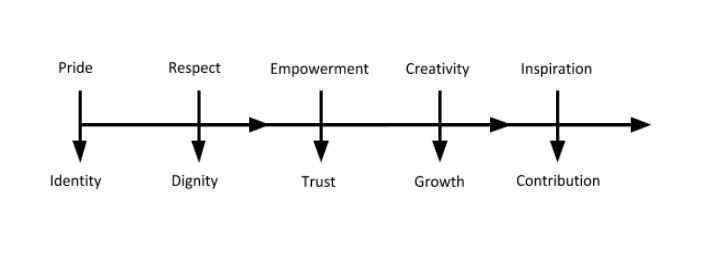During my day job, I meet a lot of people from different backgrounds. Most people have no problem being intolerant to others. Those who are not intolerant find it difficult to get along with others. Here is a guide for those, who want to be a part of the in-group.
Precautions:
There are some safety precautions you must follow lest you become tolerant. Foremost is to not think and reflect. Be lazy when you can. It always works like a charm. The second precaution is to always perpetuate stereotypes. They are there for a reason.
Technique 1: The funny ethnic joke
A recent dialogue between one of the participants at a training session:
Participant: “Sir, I want to tell you a joke.”
Me: “Please, go ahead.”
Participant: “Sir, when was Pakistan founded.”
Me: “1947”
Participant: “No”
Me: “How is that?”
Participant: “Sir, it came into being in 1940. It took them 7 years to decide who would keep Sikhs and who, Pashtuns.”
It’s such a convenient and lazy way to make others laugh. When short of humorous material, google ethnic jokes and voila!
Technique 2: The hell-bound fashionista
Overheard at malls and other public places is this oft-repeated sentiment that those who follow fashion and wear lots of make-up will end up in hell. Hidden in this statement is the assumption that modern looking people have shaky morals and they can sell their soul to the devil to buy a new branded shirt. Maybe they do! Branded shirts are expensive.
You can also add to this category the close-minded fundo, who is made fun of because of, yes, you are right, their physical appearance.
Technique 3: The ungrateful South Walay
Experienced again at a training session, when I told the participants the story of how treating my past as a burden always put me down, a participant said, “Sorry sir, South Walay hamaisha inferiority complex mein rehtay hain.” He added further, “Sir, I come from a village up North, but I am proud of my roots.” The point I was trying to make was completely lost and it became about the feud between North and South. Embellishing this technique even further is the honorable mention of the “Arrogant Central Punjab Walay.”
Technique 4: Burgers
The English-speaking crowd sits in their echo chambers and cannot empathize with the common man. They only eat at fancy restaurants and are a danger to the ideology of Pakistan. You could also add the ‘pan eating Karachi walay’ and ‘un-couth Punjabis’ to this category.
Technique 5: You are my ‘Nigga’
Not as pervasive as others, this technique also conveniently trivializes the history and travails of an entire race. Boys and girls who have just hit adolescence, find the most fun in it. It’s endearing how they use this word and there is even WhatsApp groups called “My Nigga’’ that have special friends on them.
Technique 6: You are stupid for following PPP/PML/PTI/MQM
The most famous technique to be intolerant in Pakistan is to make ‘funny’ jokes on everyone other than your own favorite politicians. All of them are corrupt and they could not care less of their people. They deserve to be chastised till they don’t because that politician just joined your favorite political party from the rival camp.
Bonus Material
If you are bored with using the above, here is a much simpler technique: just look for how ‘different’ the other is from you. There is always physical features, dress, language and family backgrounds to make fun of.

